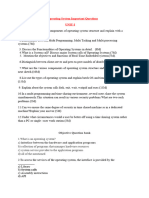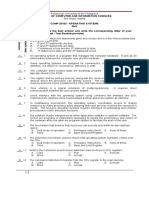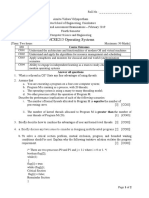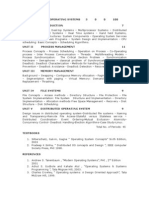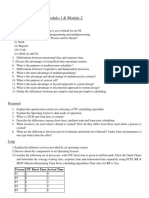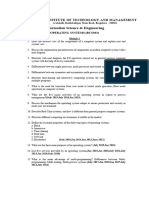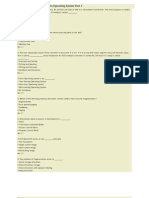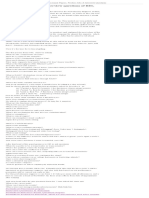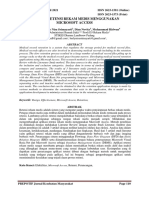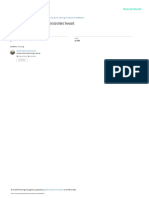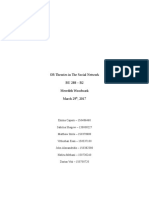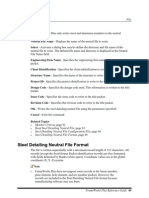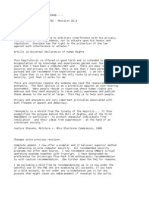0% found this document useful (0 votes)
24 views2 pagesQuestion Bank - Student Copy - Copy-1
This document contains a question bank for the subject of Operating System & Virtualization. It has 20 questions related to operating systems concepts like processes, scheduling, concurrency, system calls, threads, critical sections, and Unix commands. The questions cover different learning outcomes related to operating systems.
Uploaded by
prajapatirdhavalCopyright
© © All Rights Reserved
We take content rights seriously. If you suspect this is your content, claim it here.
Available Formats
Download as PDF, TXT or read online on Scribd
0% found this document useful (0 votes)
24 views2 pagesQuestion Bank - Student Copy - Copy-1
This document contains a question bank for the subject of Operating System & Virtualization. It has 20 questions related to operating systems concepts like processes, scheduling, concurrency, system calls, threads, critical sections, and Unix commands. The questions cover different learning outcomes related to operating systems.
Uploaded by
prajapatirdhavalCopyright
© © All Rights Reserved
We take content rights seriously. If you suspect this is your content, claim it here.
Available Formats
Download as PDF, TXT or read online on Scribd
/ 2



